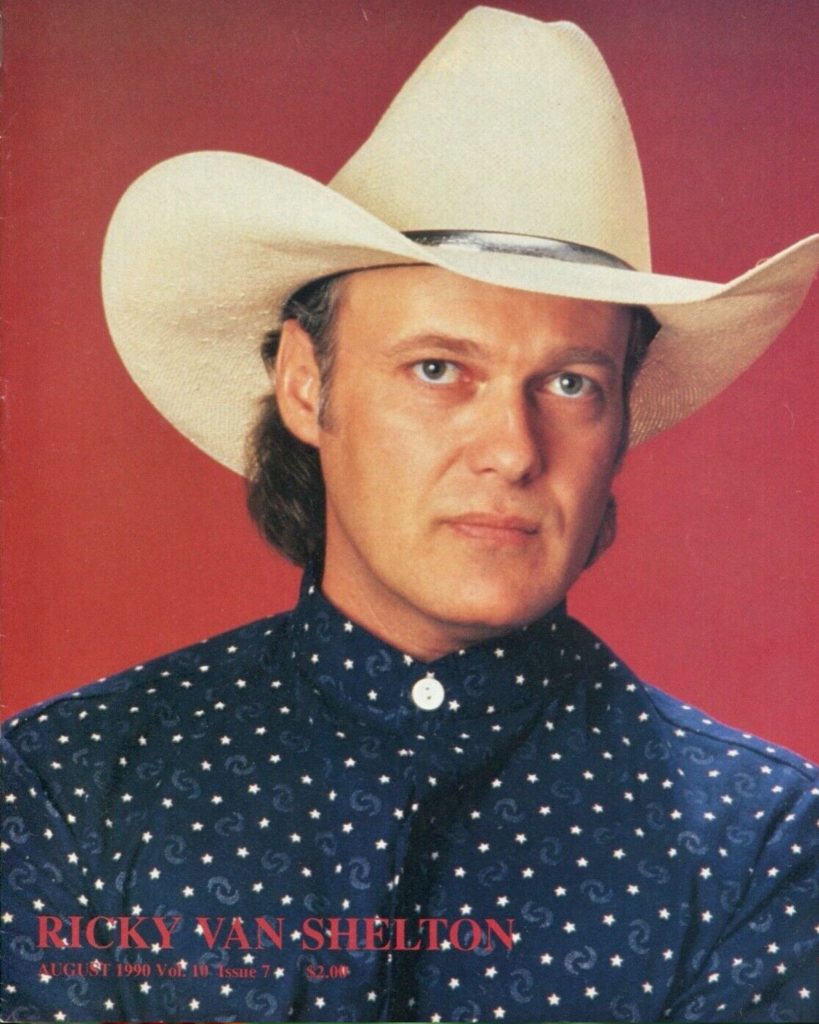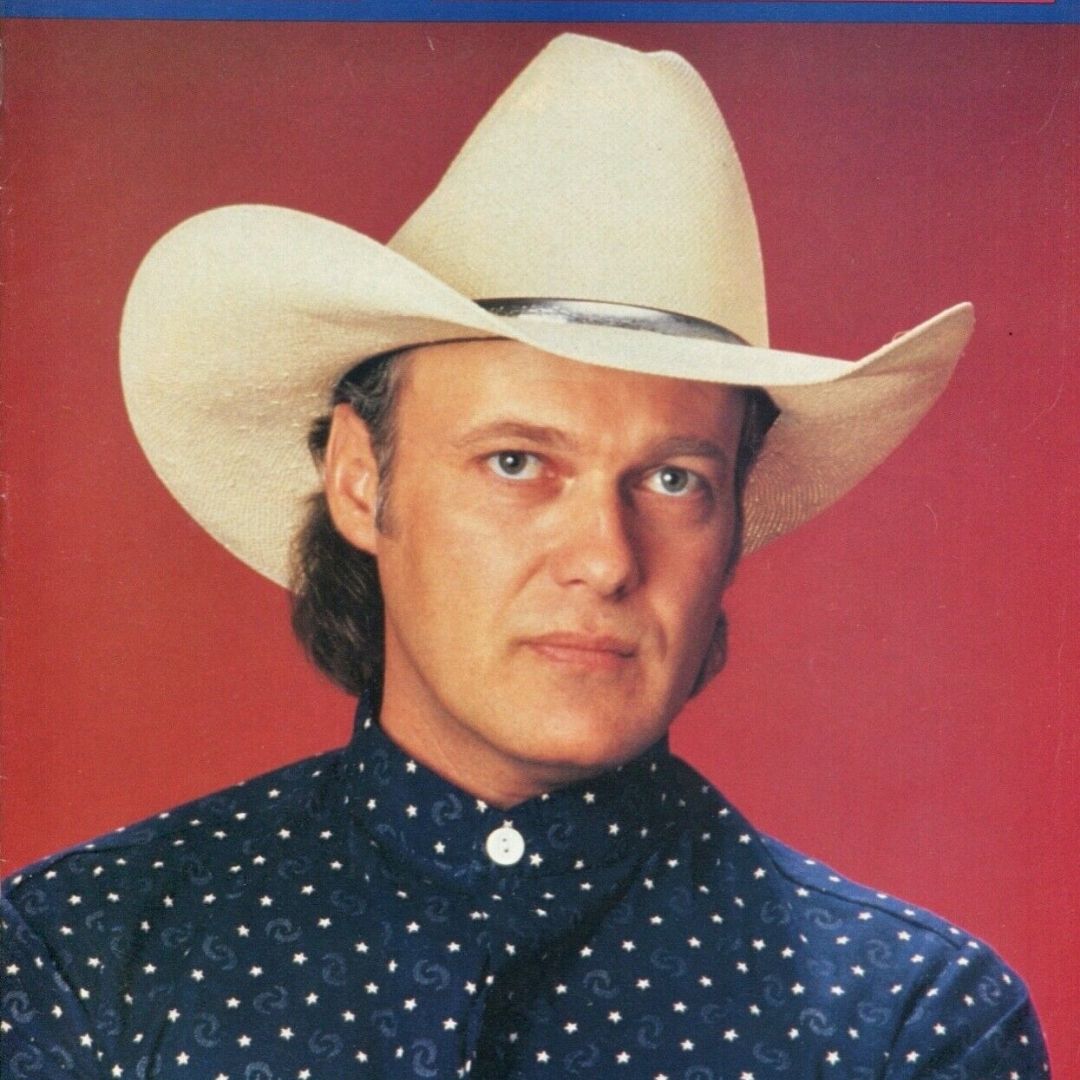
Introduction
I still remember the first time I heard “Life’s Little Ups and Downs.” It was a rainy afternoon, and I was rifling through my father’s old vinyl collection, looking for something to match the melancholy outside. The needle dropped on Charlie Rich’s 1969 recording, and as his soulful voice filled the room, I felt an instant connection. It wasn’t just a song—it was a story of resilience, love, and the quiet beauty of everyday struggles. Written by his wife, Margaret Ann Rich, this piece carries an authenticity that resonates deeply, much like a personal letter set to music. It’s a timeless reminder that life’s highs and lows are universal, and that’s precisely what drew me in.
About The Composition
- Title: Life’s Little Ups and Downs
- Composer: Margaret Ann Rich (songwriter)
- Premiere Date: Released in 1969 as performed by Charlie Rich
- Album/Opus/Collection: Featured on The Fabulous Charlie Rich (Epic Records, 1969)
- Genre: Country (with elements of pop and R&B crossover)
Background
“Life’s Little Ups and Downs” emerged from a deeply personal place—Margaret Ann Rich penned it as a reflection on her life with Charlie Rich, capturing the ebb and flow of their shared journey. Released on Charlie’s second Epic album, The Fabulous Charlie Rich, in 1969, the song arrived during a pivotal time in his career as he transitioned from rockabilly and jazz influences to a smoother, more polished country sound. The late 1960s were a period of upheaval in America—social change, economic shifts, and cultural evolution—and this song’s grounded, relatable narrative offered a comforting counterpoint. Rolling Stone praised it upon release, calling it “as good as anything he’s ever done” and predicting its potential to cross genres, from country to R&B and pop. Though it peaked at #41 on the country charts, spending eleven weeks in circulation, its understated debut belied its lasting impact. For Charlie Rich, it marked a significant moment in his repertoire, showcasing his ability to blend emotional depth with musical versatility.
Musical Style
The song’s structure is deceptively simple—a classic verse-chorus form that mirrors the cyclical nature of life itself. Charlie Rich’s rendition features a warm, understated arrangement: gentle acoustic guitar strums, a soft piano backbone, and subtle string accents that enhance its introspective mood. His vocal delivery is the heart of the piece—rich, slightly weathered, and brimming with sincerity. There’s a conversational quality to his phrasing, as if he’s sitting across from you, recounting a tale over coffee. The instrumentation avoids flashiness, letting the melody and lyrics breathe, which amplifies the song’s emotional weight. This restraint is its strength, making it feel both timeless and intimate, a hallmark of Rich’s signature “countrypolitan” style that bridges raw country roots with polished pop appeal.
Lyrics/Libretto
Margaret Ann Rich’s lyrics are the soul of “Life’s Little Ups and Downs.” They tell a story of enduring love amid life’s unpredictability—financial struggles, fleeting joys, and the steady comfort of partnership. Lines like “I don’t make enough to pay the rent / But the landlord says he’s satisfied” paint a vivid picture of modest resilience, while the refrain ties it all together with a tender acceptance of life’s imperfections. The themes—love, perseverance, and quiet gratitude—marry perfectly with the music’s laid-back tempo and Charlie’s heartfelt delivery. It’s less a lament and more a celebration of the ordinary, turning mundane challenges into something poetic.
Performance History
Charlie Rich’s original 1969 recording remains the definitive version, though its chart performance (#41) didn’t fully reflect its critical acclaim. Over two decades later, Ricky Van Shelton breathed new life into the song with his 1990 cover on the album RVS III. Released as a single in October 1990, Shelton’s version climbed to #4 on the country charts, lingering for twenty weeks and earning a broader audience in the ‘90s country boom. His take retained the song’s emotional core but added a slightly brighter, more modern production. Both versions highlight its adaptability, cementing its status as a beloved standard in country music circles. While not a staple of grand concert halls, its frequent play on radio and in intimate live settings underscores its enduring appeal.
Cultural Impact
“Life’s Little Ups and Downs” transcends its country roots, speaking to anyone who’s weathered life’s storms with a loved one by their side. Its influence ripples through the genre, inspiring countless artists to explore personal storytelling in their work. Beyond music, its relatable narrative has made it a touchstone for fans seeking solace in art that mirrors their own experiences. While it hasn’t been heavily sampled or featured in blockbuster films, its quiet presence in compilations and retrospectives of Charlie Rich’s career keeps it alive. It’s a song that doesn’t shout its importance—it whispers it, leaving a lasting mark on those who listen closely.
Legacy
Today, “Life’s Little Ups and Downs” stands as a testament to the power of simplicity in songwriting. Its relevance endures because it speaks to the human condition—our shared struggles and small victories—without pretense. For Charlie Rich, it’s a cornerstone of his legacy as an artist who could turn the everyday into something extraordinary. For Margaret Ann, it’s a gift to the world, a piece of her heart that continues to touch listeners over fifty years later. Performers still cover it, and audiences still connect with its honesty, proving that its quiet beauty is timeless.
Conclusion
To me, “Life’s Little Ups and Downs” is more than a song—it’s a companion for life’s unpredictable ride. There’s something profoundly comforting in its acceptance of imperfection, and every time I hear Charlie Rich’s voice, I’m reminded of the strength found in vulnerability. I urge you to give it a listen—start with Rich’s 1969 original for its raw authenticity, or try Shelton’s 1990 cover for a fresh take. Let it wash over you on a quiet day, and see if it doesn’t feel like an old friend. What’s your story of ups and downs? This song might just help you tell it
Video
Lyrics
I don’t know how to tell her
I didn’t get that raise in pay today
And I know how much she wanted
That dress in Baker’s window
And it breaks my heart to see her have to wait
And cancel all the plans she made to celebrate
I can count on her to take it with a smile
And not a frown
She knows that
Life has its little ups and downs
Like ponies on a merry-go-round
And no one grabs the brass ring every time
But she don’t mind
She wears a gold ring on her finger
And I’m so glad that it’s mine
The new house plans we’ve had so long
I guess will gather dust another year
And the daffodils are bloomin’
That she planted way last fall upon the hill
Over by the gate
Lord knows I hate to say again we’ll have to wait
But you can bet that she’ll just take it with a smile
And not a frown
She knows that
Life has its little ups and downs
Like ponies on a merry-go-round
And no one grabs the brass ring every time
But she don’t mind
She wears a gold ring on her finger
And I’m so glad that it’s mine
She wears a gold ring on her finger
And I’m so glad that it’s mine
